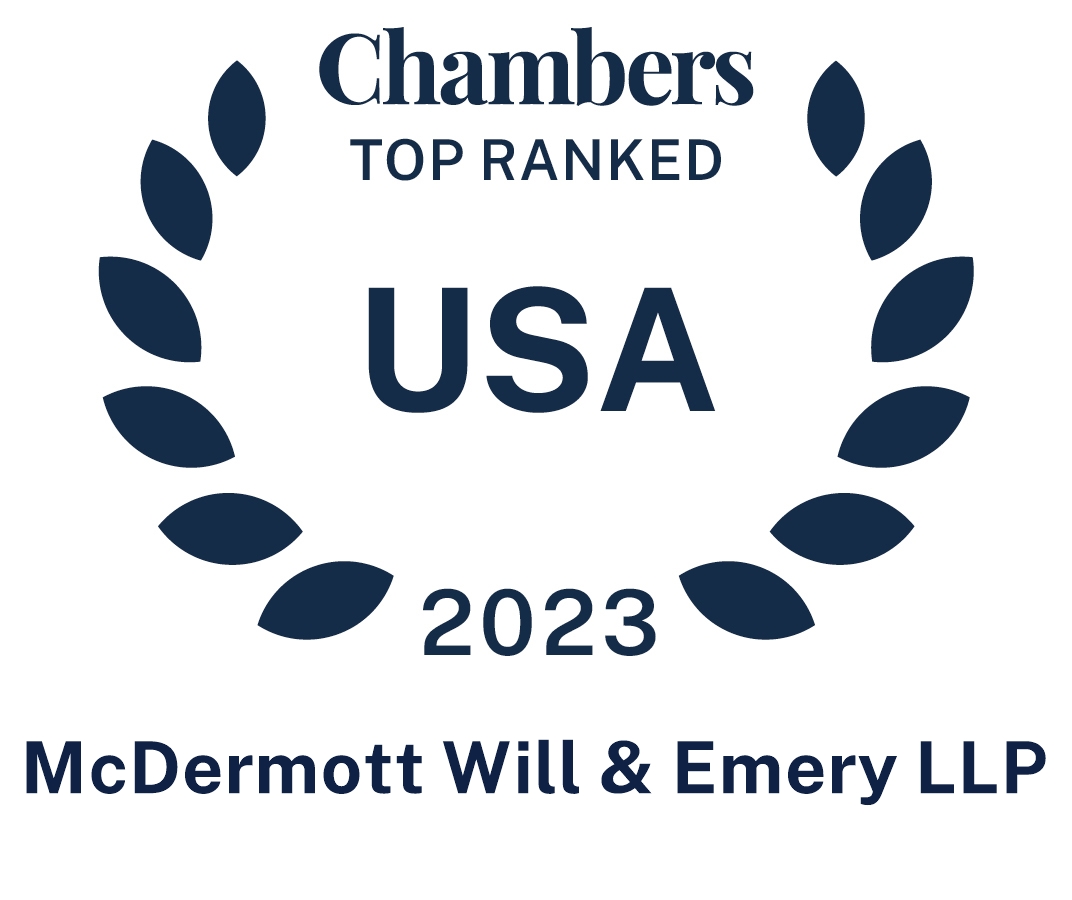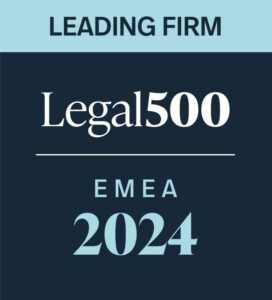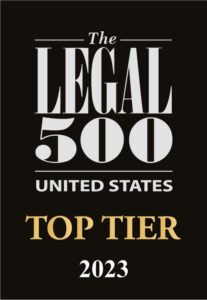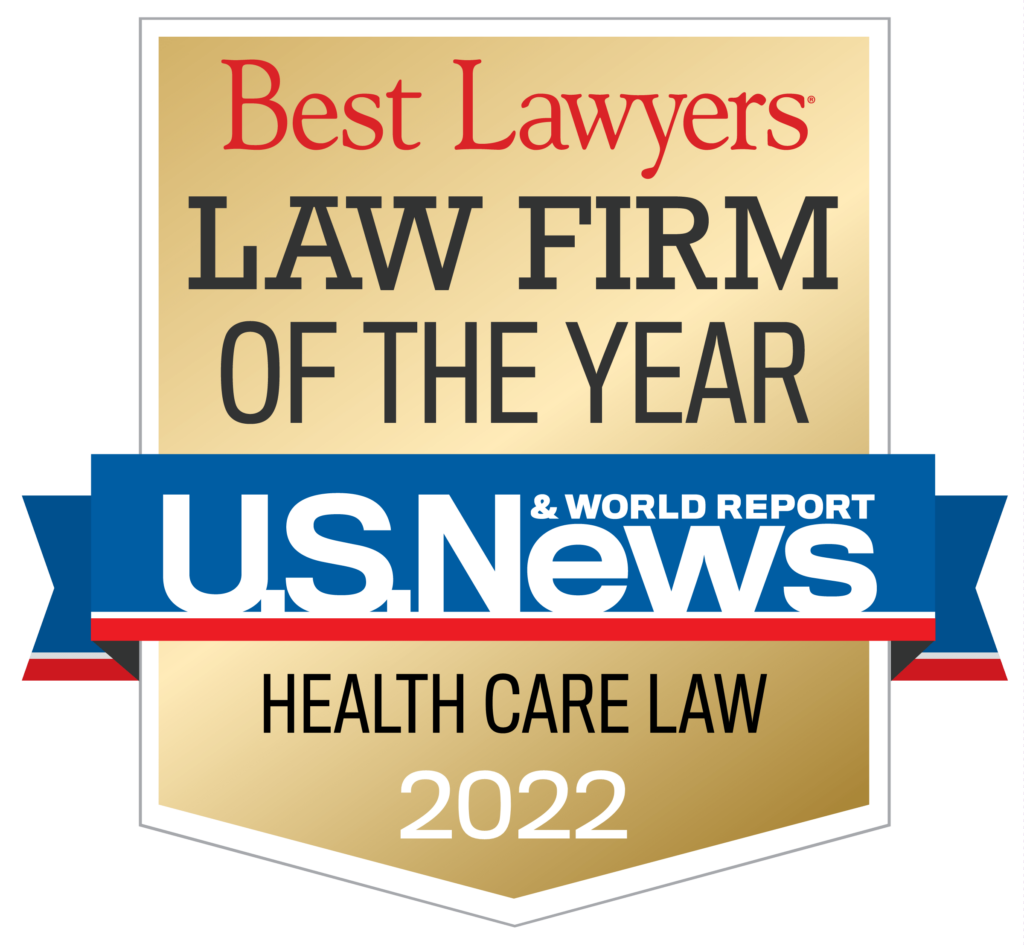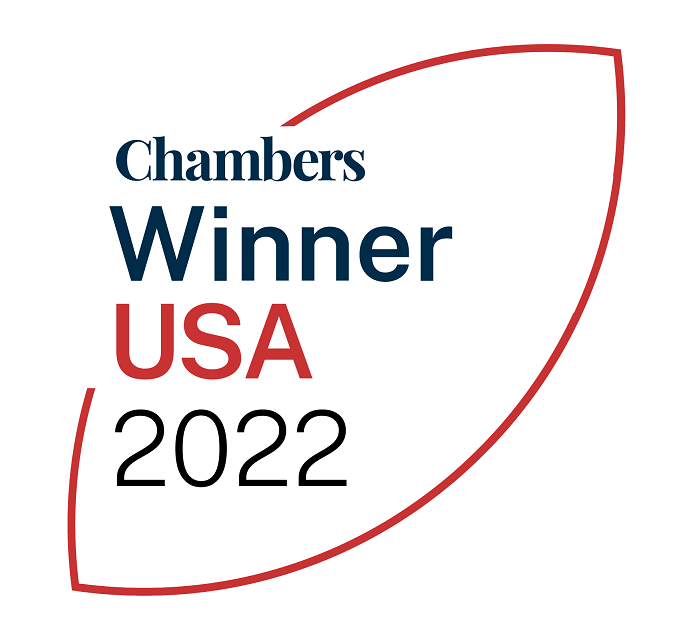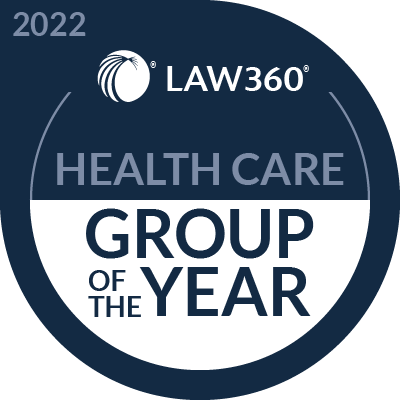Find this week’s updates on 340B litigation to help you stay in the know on how 340B cases are developing across the country. Each week we comb through the dockets of more than 50 340B cases to provide you with a quick summary of relevant updates from the prior week in this industry-shaping body of litigation. Get more details on these 340B cases and all other material 340B cases pending in federal and state courts with the 340B Litigation Tracker, a subscription product from McDermott+Consulting.
Issues at Stake: Medicare Payment; Contract Pharmacy; Other
- In a breach of contract claim filed by a 340B Covered Entity against several related party Medicare Advantage plans, the court ruled on a number of pending motions.
- In a case against HRSA filed by a group of 340B Covered Entities seeking relief from HRSA’s recent change in its policy on child sites, HRSA filed a reply memorandum in support of its cross-motion for summary judgement.
- In an appeal before the Eighth Circuit Court of Appeals challenging Arkansas’ Act 1103 that was decided in the state’s favor, two parties filed briefs as amicus curiae in support of the appellant’s motion for rehearing en banc.
- In an appeal before the Ninth Circuit Court of Appeals concerning a qui tam False Claims Act action:
- The court scheduled the assessment conference with the circuit mediator.
- The court granted the appellant-relator’s motion for an extension of time to file the opening brief.

